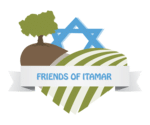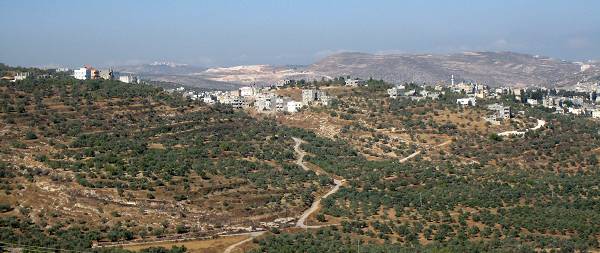Parashat Korach – “Ma-aseh avot siman lebanim” 2009
Korach June 18, 2009 Every story in the Torah tells us something about then and how it applies to now. This is called “Ma-aseh avot siman lebanim”= what happens in the
Parashat Shelach – The Spies – 2009
Shlach June 11, 2009 Israel is a place that is difficult to describe. It depends on the eyes of one’s mind: if they are open or closed. The portrayal that the spies gave was
Parashat Pinchas
Parshat Pinchas July 18, 2008 In the late 1800’s an officer in the British army and an avid researcher of biblical sites, by the name of Charles Wilson published an important
Parashat Balak
Parshat Balak July 11, 2008 King Balak forms a union with the neighboring nations in order to attack Am Yisrael. Much publicity has been given to the great and mighty nation that b
Parashat Shelach
Parshat Shelach June 20, 2008 “Send people to the Land of Canaan” The Land of Israel is the inheritance of our forefathers and was planned by Hashem for the Jewish peop
Parashat Bamidbar
Parshat Bamidbar June 6, 2008 The book of Bamidbar opens with Hashem commanding Moshe Rabeynu to count the nation. And G-D spoke to Moses in the desert of Sinai in the tabernacle o
Parashat Matot
Parashat MatotThursday, July 12, 2007 This week’s parasha, Matot, opens with the laws pertaining to oaths. Why is it important that one keep an oath? If one pledges an oath
Parashat Balak
Parashat Balak 11 Tamuz 5767 /June 27th 2007 At first glance at the opening of parashat Balak it seems that the fear of the Moabites towards Am Yisrael is a result of the Jewish na


